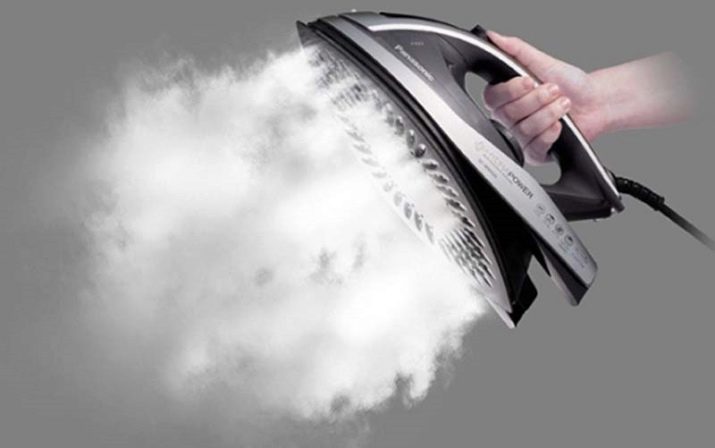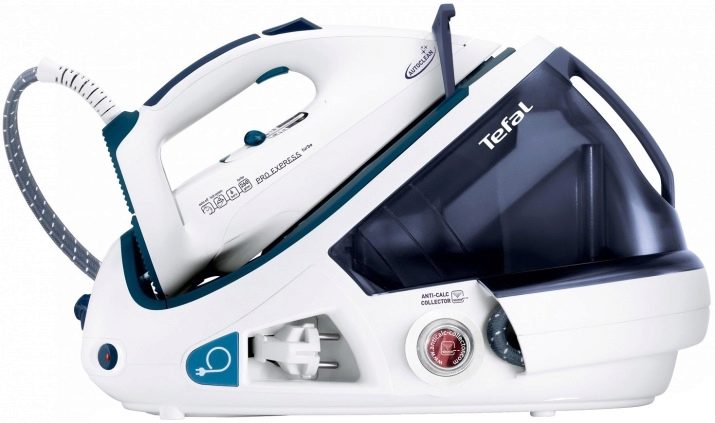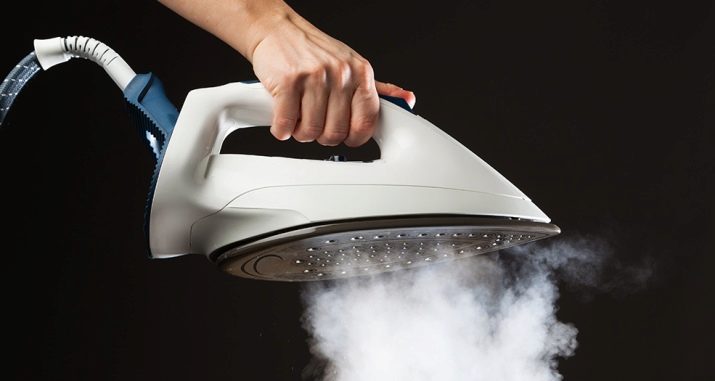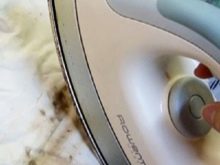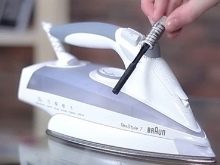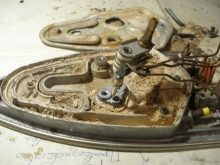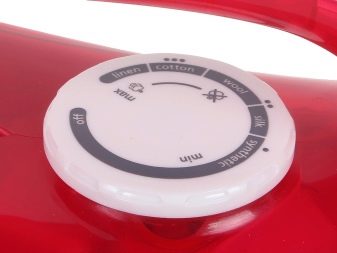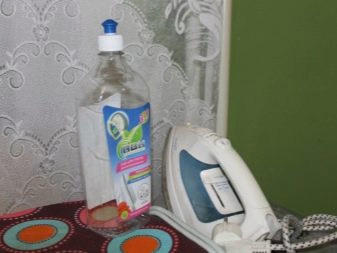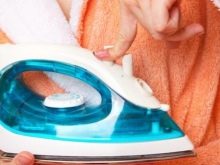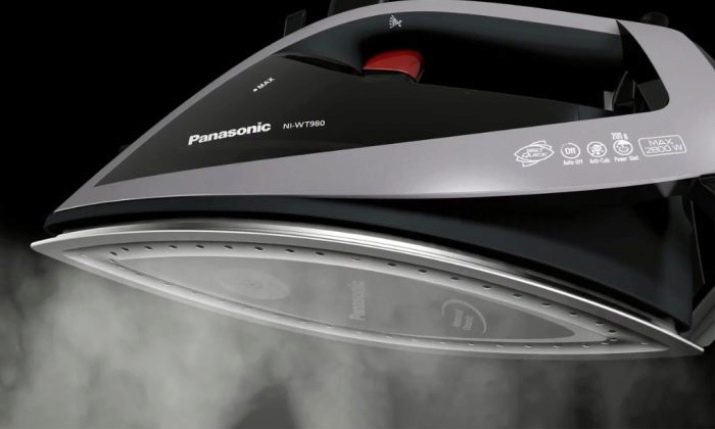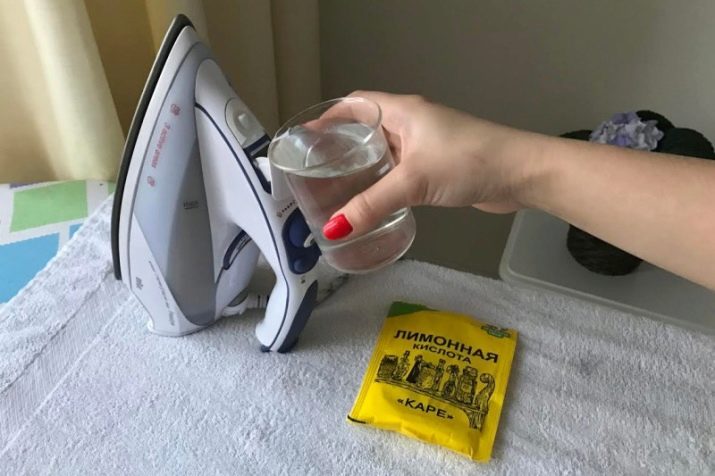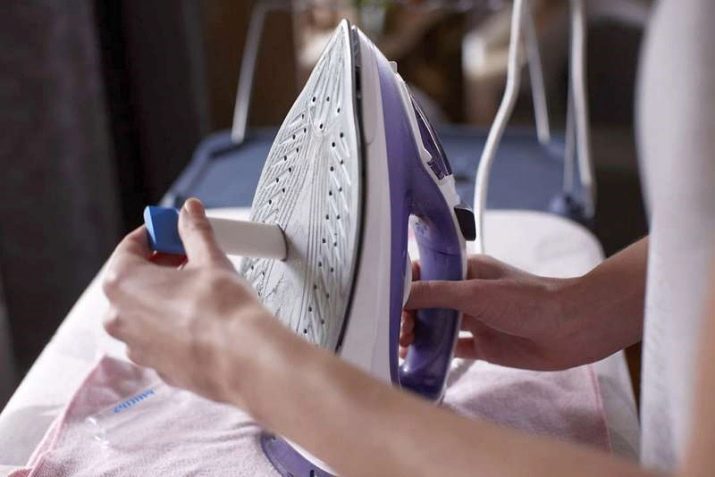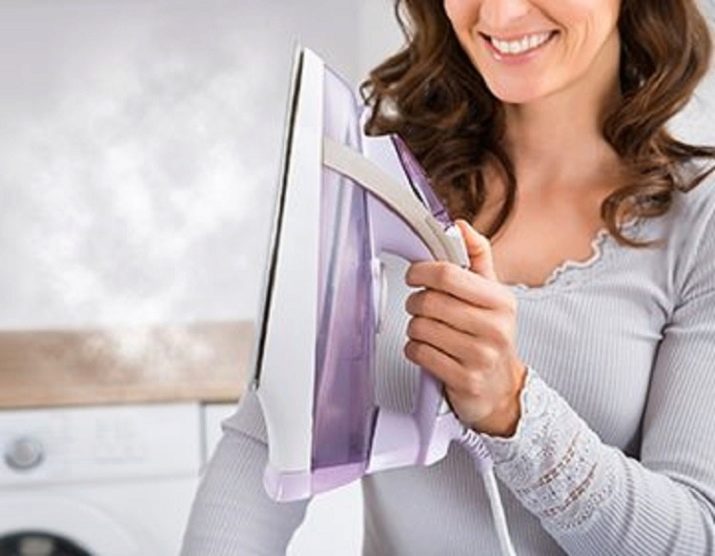Modern irons have a number of additional functions, one of which is the ability to use steam for a better and easier ironing. Equipment, which is supposed to pour water, must withstand such a load and properly distribute the liquid inside, directing it to the steam compartment. If something goes wrong, water begins to flow out of the iron for no reason, causing discomfort and sometimes harming clothes, especially if its color is brown. To quickly understand the causes of problems, you need to know more about what can happen to the iron, where to look for the problem and how to solve it.
Iron with steam generator: principle of operation
Modern technology differs from its predecessors in that it has more mobile dimensions, a greater number of functions and allows you to perform work faster and easier. Iron can also be attributed to those devices that have not only changed their appearance, but also have been improved. At the moment, in addition to the opportunity to choose the power of heating the sole for different types of fabric, there are devices that turn off themselves if they stand without action for some time. This innovation helps to prevent a fire due to the included iron, which they forgot to disconnect from the power supply when leaving the apartment.
Another important function was the steam generator, which managed to add to the device. Thanks to a pair that comes directly to the material during ironing, the fabric is smoothed faster and it takes much less effort to make the surface even, even if it is very dry. Despite all the seeming complexity, the device of the steam generator is quite simple: it is a reservoir for the liquid, from which water enters the valve device, through which it goes to the sole of the iron.
The convenience of this technique is that steam can be turned on and off if necessary.
In the case of proper operation of the iron, the moisture enters in a moderate and necessary amount to the surface, and thanks to a well-heated sole, it evaporates almost instantly, having had time to moisten the surface of the material so that it can be easily ironed. In the case of any faults, the result may be different.
- Instead of the right amount of water, which evaporates, the clothes are poured from a few drops to a small puddle, which can negatively affect the fabric, leaving a stain on it and cause an accident, since the presence of water during the operation of the appliance is extremely undesirable.
- Properly tuned iron can steam things only with a certain temperature of the sole. With low heat, moisture should not be turned on, since the device simply will not be able to dry the material, which means it will remain wet, which may cause its damage or even the formation of mold and odor. If the iron can turn on the steamer at low power and it will work as usual - these are the first signs that the equipment is faulty.
- If you use ordinary tap water for an iron, then over time it will accumulate salts, which, in the end, will cause stains on clothes that may not wash out.
In case of any problems with the steam generator, you need to stop the ironing process, turn off the iron and try to find the cause of the problem.
Causes of water leakage
If the iron is in a vertical position and water flowing from it that flows in for the ironing process flows, it is worth taking this seriously, because the consequences of ignoring can be very serious. In the event of cracks in the water compartment or problems with its internal structure, in no case should you continue to use the device. If water flows horizontally from an iron, this is also a problem and you need to know why it can happen.
- The easiest option is to simply break the equipment in the iron itself, which the master can eliminate, and if possible, you should take the device to be replaced if the warranty allows.
- The problem is in the valves that allow water from the tank to the bottom. If the locking device does not protect the equipment from unplanned fluid flow, then it is worth checking its operation. This can be done at home, for which you need to close the valve and turn on the iron to a mode that prevents the flow of steam, while tilting the equipment in different directions. If water drops appear, this proves that the locking device does not block access to the water and the valve must be replaced. Such work should be entrusted to professionals, and, if possible, go to a service center for a full range of services.
- Steam admission until the sole of the iron heats up to the required temperature. For steaming things, it is necessary to set the temperature in a position that will allow the device to quickly deal with the moisture that has formed on the surface and instantly dry it. If an unheated iron starts to release steam, then it is not all right. It is also not necessary to switch on the steaming mode until the device is fully heated, this may cause subsequent breakdown.
- Using unsuitable water clogs the valves and the water hardly passes to the exit point and can do this with different voltages and flow rates, which will affect the material in the form of wet spots in some places. If such water is used for a long time, then when ironing, instead of steam, yellow liquid is spilled, which spoils both the device and things. Rusty water may appear if the iron is used improperly, or the manufacturer ignores the rules and regulations. In case if rust appeared during the steaming, you should immediately ask for help, otherwise the iron may soon break.
There are not so many reasons that can cause any deviations from the norm in the operation of the equipment itself and of its individual functions, therefore, in any suspicious situations, it is necessary to interrupt the process of ironing and make sure that the device works normally and correctly.
Troubleshooting
If brown liquid flows out of the iron, then this is a serious signal to the fact that something needs to be done. In case of an unpleasant situation for the first time, you can try to figure it out yourself, for which there are a number of options:
- use of self-cleaning function;
- the use of citric acid;
- use a pencil to clean the sole of the iron.
If the iron is equipped with a self-cleaning function, it is worth using it if a problem arises. The procedure is simple and includes pouring water into the tank for it to the maximum mark and setting the temperature of the iron to maximum heat, without turning on the steamer. To continue the work, you need to hold the iron over the sink or other container and turn on the self-cleaning mode. For a more efficient process, you need to hold down the button and shake the equipment well several times to maximally clean the equipment, after which you can see how the rusty water flows out of the iron to the outside.
When the procedure is completed, you need to turn off the iron and let it cool, then rinse the water tank to remove the dirt from it.The problem of using this method is that not every technique has this function, which means that we need an alternative way to deal with the problem. If rust stains appear, the problem is usually found in scale, which can be eliminated with citric acid.
To clean, you should buy a regular bag of citric acid, dilute it in a glass of warm water and pour everything into the water tank in the iron, then heat the equipment to the maximum temperature, disconnect from electricity and turn on the steam. To clean more actively and scale removed from all walls, you need to tilt the iron to the sides, shake it in order to capture the largest possible area for better results.
In case of serious contamination, there is little one cleansing, because it can be done several more times.
In the case of normal operation of the iron, sometimes unpleasant situations can arise when you iron with and without steam. The simplest problem of poor water supply or time-consuming ironing becomes contaminated sole of the iron, which is damaged by tissue, in the case of installing the wrong temperature. There are materials that can not be ironed at all, because they simply stick to the surface of the device. If this happens, the remnants of contamination can block the holes for steam, and the presence of a foreign substance on the sole makes it difficult to iron easily and quickly.
To cope with this situation will help a special pencil to clean the surface of the iron. It is easy to use, just warm up the sole and draw a pencil over the polluted areas. It is necessary to put something under the iron at the time of work, since the remnants of a pencil flow directly onto the ironing board, leaving spots on it. After cleaning, you need to wipe the surface; when it cools down, turn on the steam and clean the holes several times with hot water.
Preventive actions
In order to prevent malfunction of the iron itself, the violation of its work, it is important to observe certain precautions and properly use the device. After the purchase of equipment it is worth spending a little time to study the instructions, because each manufacturer indicates specific recommendations for the use of equipment that may differ.
There are only a few rules that will help avoid problems with the work of the iron:
- use steam mode only when necessary, so as not to wear out the mechanisms and equipment inside;
- use only purified water for pouring inside the equipment, which will significantly slow down the process of laying scale on the inner walls of the device;
- if after ironing water remains, it must be poured out so that it does not create sediment, which also clogs the equipment.
With proper operation and timely check of the iron for faults, the ironing procedure will bring only pleasant emotions, and things will please the perfect appearance.
How to clean the iron, see the video below.

